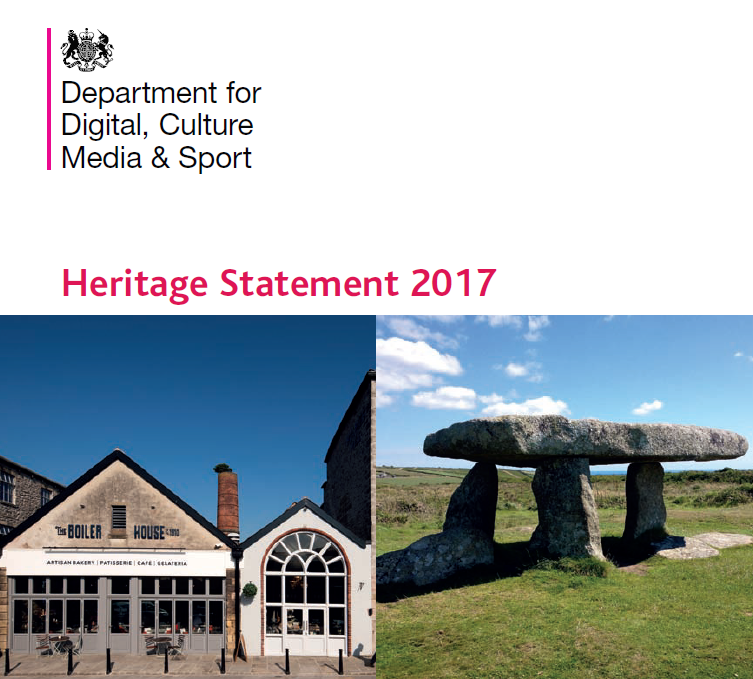Independent Heritage Working Together
We are a cooperative association of independent historic houses, castles, and gardens. We represent, advise, and support owners so that they can stay alive and accessible for generations to come.

Historic Houses is the country’s largest collection of historic houses and gardens. We work on behalf of more than a thousand important places, with the support of tens of thousands of members who love Britain’s special heritage and want to help us carry out our mission.
Independent historic houses might be owned by individuals and families – often those who have lived there for centuries – or by small charitable trusts, businesses, educational institutions, or local authorities. Their independence makes them diverse and offers them opportunities, but it’s also hard for lone sites to be heard and to find the expertise and money they need. We help protect these places through representation and research, advice and guidance, and marketing and membership.
Independent owners – often families for whom a historic house is also a home – are the best custodians of our national heritage. They bring other resources to support the repair and maintenance of their houses and make sure that money is spent efficiently. At the same time the activities they carry out to secure their houses’ futures create jobs, generate wellbeing for local communities, and contribute towards Britain’s sustainability goals. In exchange it has long been government policy to recognise the value of independent owners being enabled to stay in their homes and make sure they’re treated fairly and sensibly.

We regularly meet with politicians and opinion formers to reinforce the case for those arrangements and suggest changes and improvements. We also support or facilitate research into the histories of our places, the modern-day benefits they generate, and the challenges they face.
Living in and maintaining a Grade I or II* listed house is not for the faint-hearted. The cost of heating and maintaining these places to the required standard is huge, and often requires the building to work for its own upkeep. We provide first-line professional advice and personalised technical expertise on everything from how to become a wedding venue or a film location to the best way to clean historic fabrics or prevent damage from fires and floods.
Many of our houses, castles, and gardens are open as regular tourist attractions. Even with an amazing diversity of beautiful and fascinating places to see attracting over 30 million visitors a year, Historic Houses places attract fewer visitors on average than National Trust or English Heritage sites. Most deserve to be much better known. Our membership scheme, which asks the general public to join us in supporting these places, comes with hundreds of offers of free access to these incredible sites, encouraging members to explore less famous sites and make trips they might not otherwise have taken. That helps boost participating properties’ incomes at the same time as generating much-needed funds for our work.
'Most of our heritage is cared for by private owners. [...] It engages and impacts on communities across the country. [...] The public, private and voluntary sectors all play important and complementary roles in creating an effective heritage management system.'
Heritage Statement, Department for Culture, Media, and Sport (2017)

Our History
We began as the Historic Houses Association, which remains our legal name. We were originally formed from a sub-committee of the British Tourism Authority, and our earliest member houses included many that had opened to public access for the first time in the 1950s and 60s – such as Beaulieu, Longleat, Knebworth and Woburn Abbey. We became an independent association in 1973.
Our ability to influence government policy was tested early on when we campaigned against the destruction of the country house. A landmark exhibition at the V&A in 1974 (aptly named, The Destruction of the Country House) catalogued nearly two thousand houses that had been lost in the preceding century, as a result of agricultural decline, heavy-handed taxation, and the depredations of wartime uses.

(Above: Lord Montagu, Ted Graham MP, and NADFAS members, present a petition against a wealth tax to Parliament in 1975.)
The threat of a more punitive capital taxation regime in the mid-1970s led the Historic Houses Association to become an effective political force, persuading the Labour government at the time to make important changes to the tax regime to recognise the work done to preserve the nation’s heritage, and the public access offered to it, by owners who did not – and still rarely do – receive any public money.
Since then, many independently owned historic houses have gone from strength to strength. Diversification over the last fifty years has seen increasing numbers of houses offer themselves as wedding and events venues, film sets, holiday accommodation providers, or visitor attractions. But our member houses continue to face a conservation backlog of nearly £2.8 billion-worth of essential repairs and maintenance, a sum double that of pre-pandemic. And new regulations are constantly being brought into force which need to recognise the unique position of independent heritage. Historic Houses continues to speak up for independent owners to ensure the best possible conditions for the running, care, and preservation of historic houses and gardens.






